The research topics on environmental materials is not limited to those that purify the environment and harmonize with the environment. We regard environmental materials research as which addresses a wide range of environmental issues from the viewpoint of materials science and engineering. In our research group, we have worked on (i) materials researches that remove and decompose harmful substances in water and air, (ii) antibacterial and antiviral materials, (iii) hydrophilic materials for energy conservation, (iv) materials that separate gases such as carbon dioxide from the atmosphere, (v) exploration of novel oxides that have negative thermal expansion coefficients without rare and toxic elements, (vi) exploration and mechanism elucidation of functional materials via the first-principles calculation, and (vii) materials researches that separate gases such as carbon dioxide from the atmosphere. Although environmental materials research covers a wide range of materials, our research is focused on surfaces and interfaces of materials, with an emphasis on ceramic materials science. The surface of a solid can be regarded as a field for various chemical reactions and a direct contact point with light, heat, and electrons. Controlling the crystal structures and chemical composition of solid surfaces and interfaces makes it possible to yield physical properties that they do not have intrinsically or to extract more properties from them than ever before. Through engineering of surfaces and interfaces at the nano-level, we are constantly challenging global environmental issues from the viewpoint of materials science.
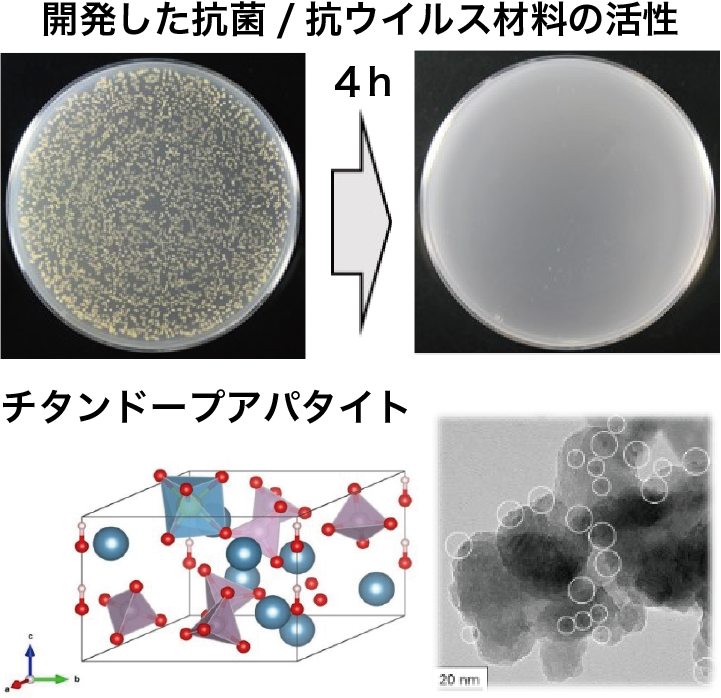 We are developing new photocatalysts, antibacterial and antiviral materials,
new environmental purification materials with characteristic space voids, and
environmental purification catalysts that are active near room temperature and pressure without using precious or rare metals.
We are developing new photocatalysts, antibacterial and antiviral materials,
new environmental purification materials with characteristic space voids, and
environmental purification catalysts that are active near room temperature and pressure without using precious or rare metals.
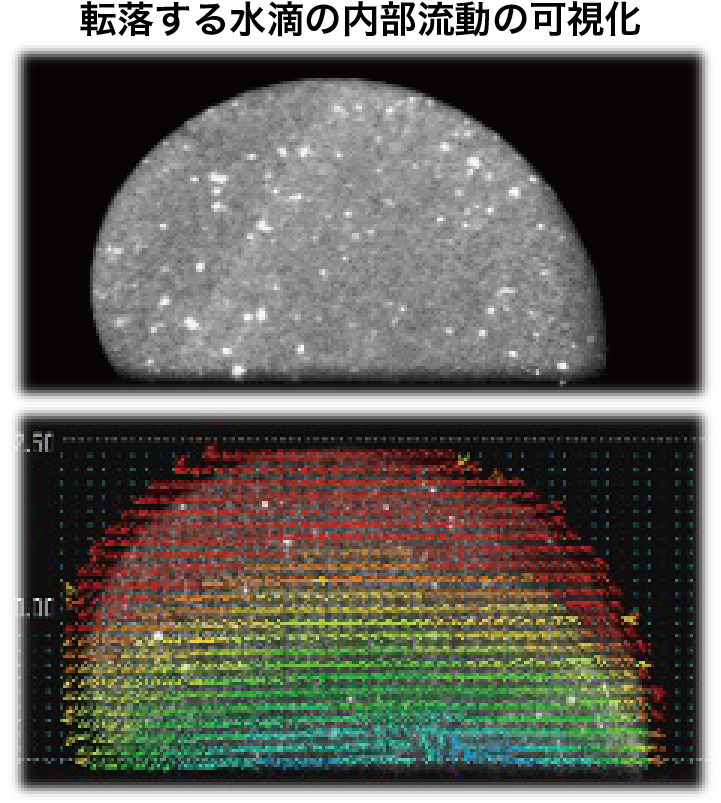 Controlling surface wettability is an important field in terms of energy conservation.
We have proposed a new approach to surface design by analyzing surface wettability
from a dynamic point of view using our originally developed droplet fall behavior analysis system.
Controlling surface wettability is an important field in terms of energy conservation.
We have proposed a new approach to surface design by analyzing surface wettability
from a dynamic point of view using our originally developed droplet fall behavior analysis system.
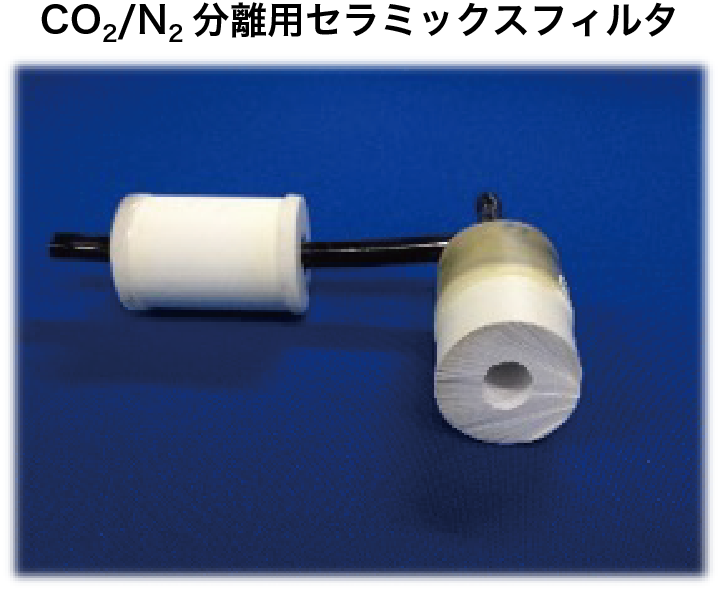 It is widely known that the key technology for the recovery and recycling of global warming gases is the establishment of gas separation technology.
Therefore, we have been developing ceramics filters for gas separation that can achieve both processing speed and separation performance.
So far, we have succeeded in creating a filter that only CO2 gas is difficult to penetrate, as well as a filter that can separate only oxygen from the atmosphere.
It is widely known that the key technology for the recovery and recycling of global warming gases is the establishment of gas separation technology.
Therefore, we have been developing ceramics filters for gas separation that can achieve both processing speed and separation performance.
So far, we have succeeded in creating a filter that only CO2 gas is difficult to penetrate, as well as a filter that can separate only oxygen from the atmosphere.
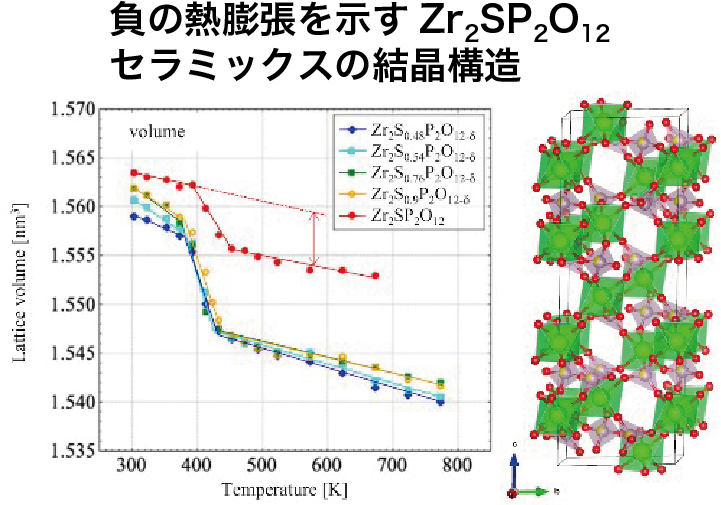 In energy devices that combine different species of materials,
misalignment due to the differences in thermal expansion coefficients can cause interface delamination and breakdown.
We synthesize inorganic fillers to reduce these thermal expansion failures.
By blending these filler materials with negative thermal expansion into polymers,
we have succeeded in reducing the thermal expansion coefficient of polymers to that of metals.
In energy devices that combine different species of materials,
misalignment due to the differences in thermal expansion coefficients can cause interface delamination and breakdown.
We synthesize inorganic fillers to reduce these thermal expansion failures.
By blending these filler materials with negative thermal expansion into polymers,
we have succeeded in reducing the thermal expansion coefficient of polymers to that of metals.
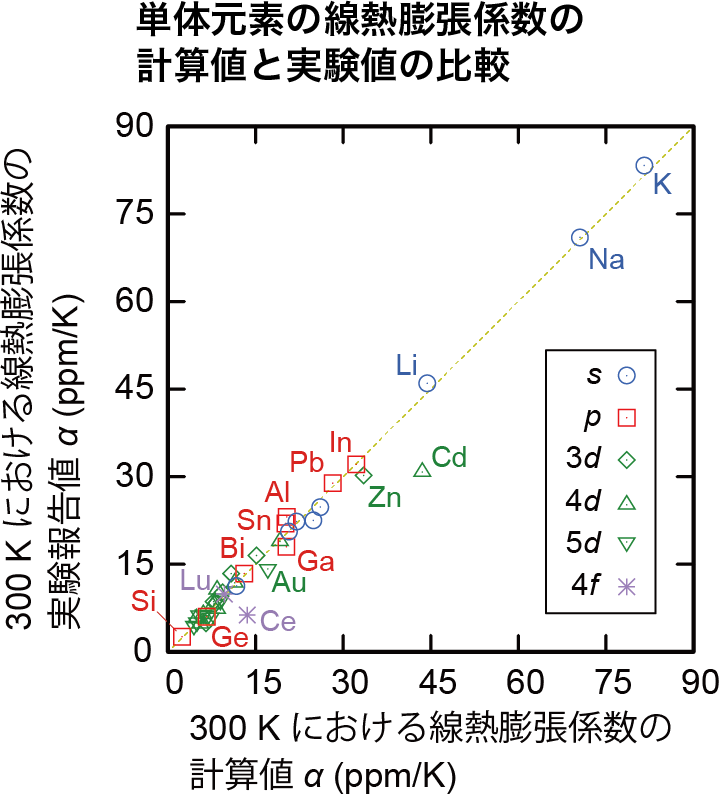 Recent remarkable improvements in computational performance have enabled highly accurate theoretical calculations and predictions.
The science of thermal properties is still in its infancy, and we are tackling research to predict the thermal expansion coefficients in solids
and to explore its dominant factors by using the first-principles calculations and phonon calculations based on the quasi-harmonic approximation.
Recent remarkable improvements in computational performance have enabled highly accurate theoretical calculations and predictions.
The science of thermal properties is still in its infancy, and we are tackling research to predict the thermal expansion coefficients in solids
and to explore its dominant factors by using the first-principles calculations and phonon calculations based on the quasi-harmonic approximation.
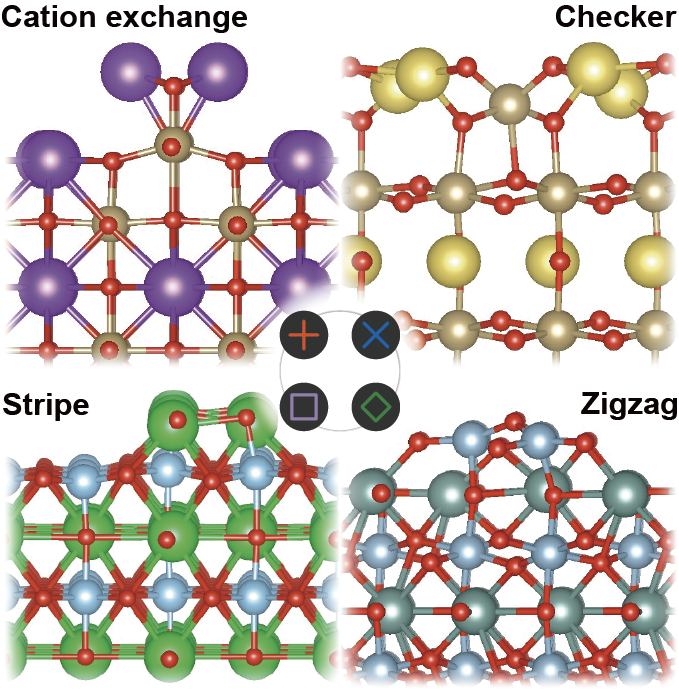 The surface structure and the band position are closely correlated, which are essential in the fields of catalytic activity, semiconductor engineering, and solar cells.
In recent years, through the tremendous development of computational materials science, the prediction of physical properties which are challenging to be observed experimentally is available.
In our research group, we use imaginary phonons to search for stable structures in bulk without relying on intuition or experience,
and also to elucidate the physical property changes and mechanisms caused by the structural distortions.
We are also conducting research to clarify the correlation between crystal structure and physical properties
based on our knowledge of quantum mechanics, solid state physics, group theory, and crystallography.
The surface structure and the band position are closely correlated, which are essential in the fields of catalytic activity, semiconductor engineering, and solar cells.
In recent years, through the tremendous development of computational materials science, the prediction of physical properties which are challenging to be observed experimentally is available.
In our research group, we use imaginary phonons to search for stable structures in bulk without relying on intuition or experience,
and also to elucidate the physical property changes and mechanisms caused by the structural distortions.
We are also conducting research to clarify the correlation between crystal structure and physical properties
based on our knowledge of quantum mechanics, solid state physics, group theory, and crystallography.














